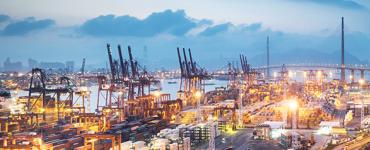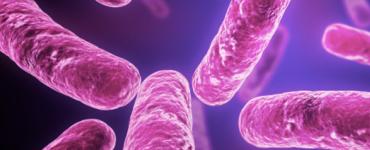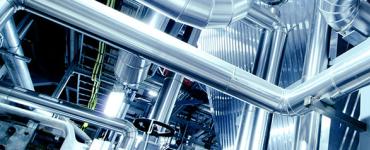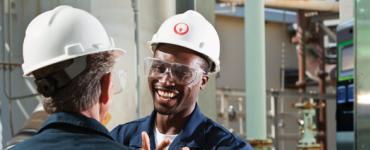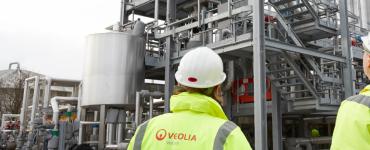- Home
- Latest News
- Central of Excellence
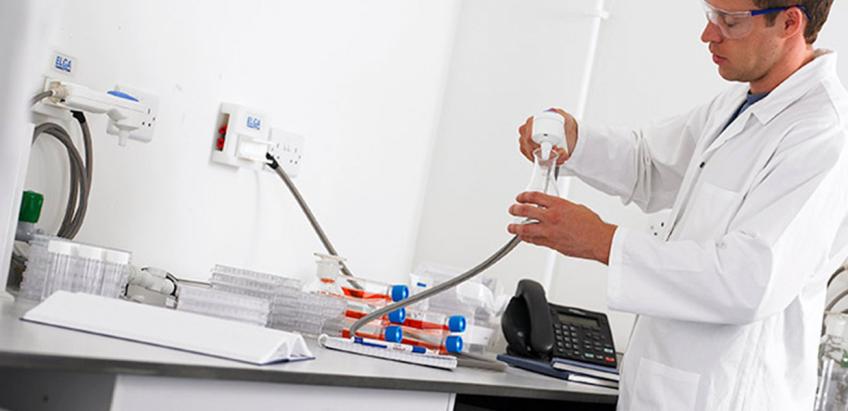
Central of Excellence
Greg Pilbrow of Veolia Water Technologies looks at how a central laboratory water purification system can help architects and building services engineers
The modern research laboratory is a highly complex environment and presents huge challenges to the architects and engineers involved in its design and construction. The most obvious challenges arise from the health & safety compliance relating to potentially toxic or flammable chemicals and gases. And in life science applications there is the possibility of contamination of air and clothing with spoiling organisms or the release of experimental organisms to the environment, so air filtration, pressurisation and airlocks are key to ensure biosecurity. Even laboratory furniture, worktops and fume cupboards have to be intrinsically clean whilst allowing customisation of individual bench spaces to meet individual experimental needs. That means ensuring that the necessary utilities - electricity, water and gas - are available at appropriate points of use. Electricity, fuel gas and even high purity gases are easy enough to deal with using conventional distribution systems of cables and small bore pipes. Water, however, is rather different.
This is because water of different qualities is needed for a variety of applications. For example, glasswashing and autoclave feed does not require water as pure as that used for media preparation. For trace element analytical machines like ICP-MS, chemical purity is critical, whilst life science applications demand the highest levels of organic and microbial purity, including endotoxin, RNase and DNase levels. And, inevitably, the higher the purity the higher the cost of production, so using the right quality is an economic issue as well as a technical one.
Understanding your water quality requirements is the first step to establishing the right water purification system. Table 1 summarises the most commonly used laboratory water quality standards.
There are laboratory water systems that can produce Type 3, Type 2 or even Type 1+ water directly from a mains supply, and for a small laboratory installing more than one benchtop system for different water qualities, is a perfectly reasonable solution. However, large laboratories or suites of laboratories using large volumes of water of various qualities present a different problem for the designer. Fitting a large number of individual benchtop systems is not only expensive in both capital and operating costs, but takes up a large amount of laboratory space which could be better utilised for other laboratory equipment. It also means that a large quantity of consumable items has to be stored and controlled. When this type of laboratory building is being designed, a central water system is a much better option.
A central system consists of a primary treatment plant, located in a plant room, which generates Type 2 or Type 3 water and distributes it to points of use around the laboratory areas. Where ultrapure water is required at certain workstations, a point of use polishing unit to produce Type 1 or Type 1+ water can be connected as required. From an engineering point of view this is straightforward but, whilst producing high purity water is relatively easy, maintaining that quality in storage and distribution, whether for single or multiple laboratories, requires careful engineering. This is perhaps best illustrated by a case study of the central laboratory water system recently installed and commissioned by ELGA Process Water, a Veolia Water Solutions & Technologies company, at the Oxford Molecular Pathology Institute.
Oxford Molecular Pathology Institute is a new building within the Sir William Dunn School of Pathology, which is a department of the Oxford University Medical Sciences Division. Its extensive research programme includes immunology, molecular developmental biology, microbiology, and cancer cell biology. The £30m facility, which was completed in January 2011, was designed jointly by Nightingale Associates and Make Architects, and its four above ground floors provide office, primary and secondary laboratory space for approximately 220 researchers and technicians, while the basement houses support services, including a specialised shared data centre for the University. The Institute's Chief Engineer, Roger Payne, worked with the architects and building services engineers to ensure that the laboratories were well supplied with water of the right quality, and a central system offered convenience of operation and maintenance along with constant availability of water.
Tucked away in one of the basement support services plant rooms is the central water treatment plant which generates 500 litres per hour of Type 2+ water from the Oxford mains supply. The treatment process is typical of this type of application. The hard mains supply is treated in a duplex softening unit consisting of two vessels charged with softening resin, to remove hardness salts, plus the brine tanks for regeneration. This pre-treatment step protects the downstream reverse osmosis membranes from scaling and is imperative when using high efficiency membranes. Each vessel is capable of treating the full flow to ensure a constant flow of pre-treated water when one unit is off-line for regeneration or maintenance. The pre-treated water is fed to a MidiRO™ reverse osmosis unit which removes about 95% of dissolved salts and over 99% of organic and insoluble impurities. The treated water, or "permeate", meets Type 3 quality and is delivered into a 2250 litre capacity sealed storage tank fabricated from polypropylene and fitted with a vent filter which prevents the ingress of atmospheric carbon dioxide, which would reduce the resistivity of the water, and airborne bacteria.
This tank provides the main reservoir of treated water, and from it the water is pumped at 4800 litres per hour through a pair of parallel service deionisation cylinders, which remove residual dissolved salts, followed by a pair of parallel 0.2µm cartridge filters and an ultraviolet irradiation unit to control microbiological growth. Fitting duplex service deionisation cylinders and cartridge filters means that flow round the ring main is uninterrupted when changing these consumable elements and minimises the system's vulnerability to operational problems. The service deionisation cylinders are charged with mixed bed ion exchange resins which remove dissolved ionic impurities to achieve a resistivity of better than 10MΩ.cm to meet Type 2+ quality.
When the resins are exhausted the cylinder is exchanged for a new one and the exhausted cylinder is returned to a central regeneration centre, so no regeneration chemicals are needed on site. The polished water then enters a ring main consisting of 900 metres of ABS plastic pipe which delivers to 90 points of use around the four floors of laboratories so that high purity water is available at the turn of a tap. Unused water is continuously recirculated to the storage tank so that the water is always flowing, which helps to prevent biofilm formation in the pipework. Microbiological quality in the central system has been excellent so far, and to ensure this continues Roger Payne's maintenance team is planning a routine sanitisation programme.
The design of the distribution pipework owes much to ELGA's experience in the pharmaceutical industry. Manufacturing pharmaceutical products consumes large volumes of high purity water and the industry has developed engineering standards for storage and distribution systems which minimise dead legs, ensure minimum pipe velocities, and maintain consistent pressure in the system.
Currently eight of the points of use supply polishers - PURELAB® flex 2 units - which further purify the water to Type 1+ quality for the most exacting applications. These purification systems, each of which can supply up to 2 l/min of ultrapure water, are wall mounted so take up no bench space, and are equipped with hand dispensers which include automatic volumetric monitoring and a display of water quality parameters. Because they are fed with high purity water from the central system, the purification cartridges have a long life which reduces replacement and maintenance costs and, since the cartridges are fully recyclable, minimises the carbon footprint. In fact Oxford Molecular Pathology Institute have a further eight PURELAB® flex 2's held in stock so that additional units can be quickly installed when and where required by experimental programmes.
By comparison with a large number of individual laboratory water purification systems, each treating mains water, the centralised system has a number of advantages. Firstly it is lower in capital cost and, as we have seen, lower in operating and maintenance costs because consumables consumption is greatly reduced. Secondly, high purity water is always available at every point of use, which means no time-consuming queuing at a water system, and the quality of that water can be monitored and controlled throughout the entire building. And thirdly it involves less plastic for housings, lower transportation and reduced packaging (embedded carbon) as well as fewer consumables and service visits (operational carbon) which all contribute to a lower carbon footprint. Further, removing scale forming salts by softening the mains water allows the reverse osmosis unit to operate at a higher recovery, reducing wastewater for a smaller water footprint.
The last word belongs to Roger Payne. "We've had two welcome surprises", he says. "Firstly the service deionisation cylinders and PURELAB® Flex 2 consumables are lasting longer than we expected, so operating costs are lower, and, secondly, it's been one of the most reliable new systems we have ever installed."
